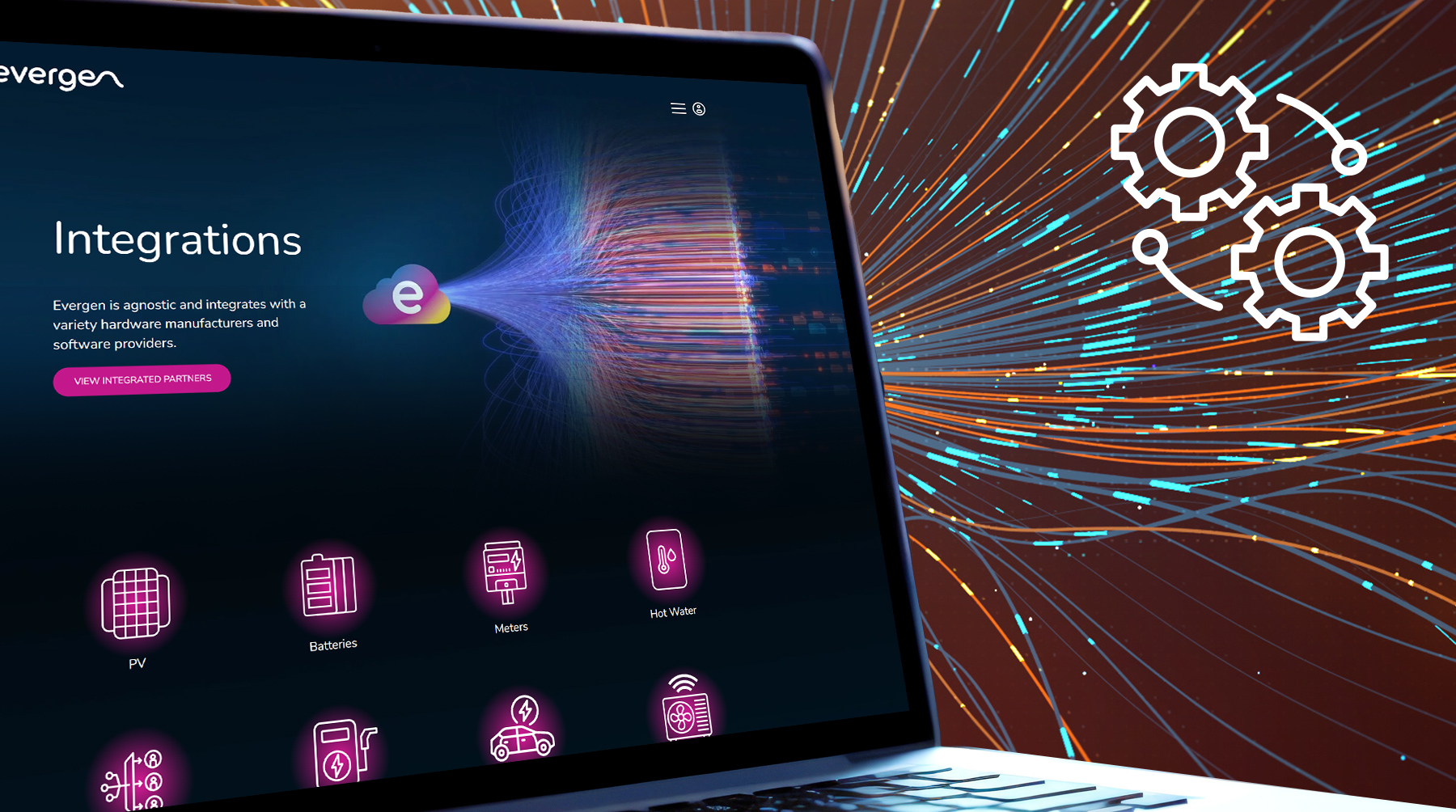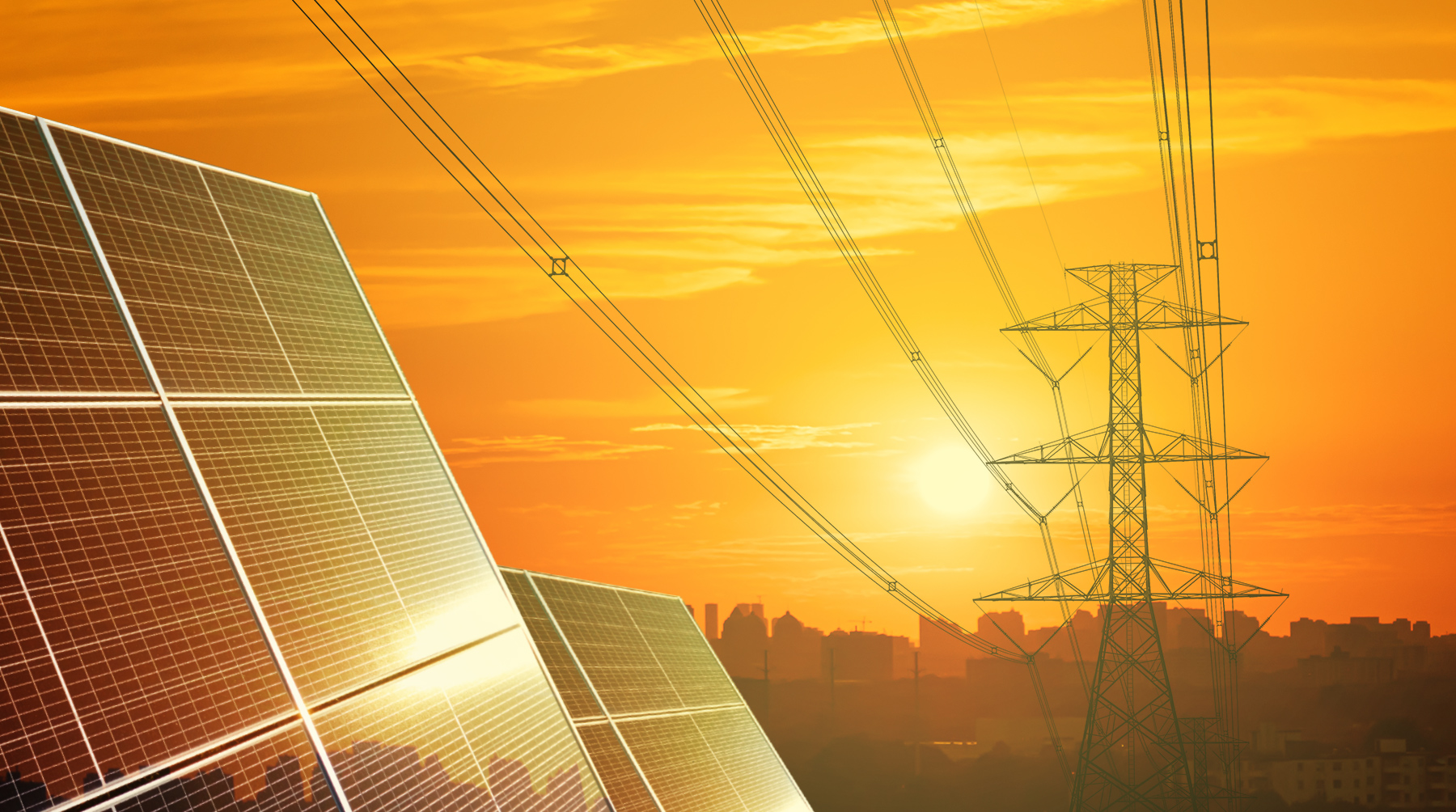Written by Charles Cattermole, Value Engineer
Tell us a bit about what a retailer looks like today?
That’s a great question given the issues the energy sector is facing right now and there is a lot of misunderstanding around what a retailer actually does. The vast majority of us at home are energy customers, and we think of our retailer as a company that sends us a bill once a month or once a quarter but don’t think about what happens behind the scenes.
What a retailer does is actually a lot more than that and here are a few key aspects.
-
- Customer management
How to manage a customer base of 10,000 customers, 70,000 customers, and a couple of million customers. As that customer base grows, developing systems and processes to support this. - The wholesale market
Understanding where a retailer procures the energy that customers are billed for either at a flat rate or via a retail product offering. This could involve the spot market, financial contracts, or direct off-take agreements with renewable energy generators. How the retailer procures energy will depend on their product offerings for consumers, whether they own any generation assets, and how they choose to manage short / long term market risk. - Market compliance
The retailer is recognised as a financially-responsible market participant (FRMP); essentially becoming the credit agency for its customer base. For example, if the customer fails to pay a bill or payments are late, the retailer still has to make payments to AEMO, hedge providers, network operators, etc. Essentially, the retailer is shielding other market participants from customer counterparty and cash flow risk.
- Customer management
So moving forward, what will a retailer look like in the future?
Ultimately, I like to believe that the retailer of the future will be responsible for supplying customers with affordable, renewable, and reliable energy.
I do think there is still a lot to be determined around what this looks like; how retailers procure energy (in front of the meter vs behind the meter); how digitisation and data play a role; and what/how a customer engages with their retailer.
Talk to us a little bit more about the functions of a retailer?
Typical functions of a energy retailer include:
-
- Customer management team
Includes call centres, frontline staff and back-office support (billing, settlements, etc.). - Product team
Administer the products in market and innovate on those products and new ways to help retain customers or pick up new customers. - Wholesale trading
Responsible for wholesale energy procurement and managing supply side risk. - Finance
- Legal / compliance regulations
- Regulations team
manages regulatory compliance and submissions; given the amount of market reform, this can be a very dynamic area at the moment.
- Customer management team
What is the benefit in becoming a retailer?
The main benefit in becoming a retailer is the customer touchpoint. Whether your customers like it or not, you send them a bill every month/quarter which means you have an ongoing relationship with that customer. It’s up to the retailer’s business model to make that into a profitable or an equitable relationship.
What are the risks in becoming a retailer?
The main risks associated with becoming a retailer typically revolve around the wholesale market, customers (counterparty), and regulation. As a retailer each area poses different opportunities and challenges with how they are managed.
-
- Wholesale Risks (Supply)
Wholesale risks pose a significant challenge and can make or break a retailer. Essentially, what most retailers are trying to do is:- Take a variable cost and turn it into a fixed cost to build consumer products around.
- Manage short and long term fluctuations in this variable cost of energy. Most retailers will have risk management policies or detailed risk statements on this.
In terms of managing wholesale market risks, most retailers will have to look at the cost / benefit of managing these risks as well as opportunity costs. For example, do you take more merchant exposure in a falling market? What happens if this changes? What does this mean if I now start building a VPP?
Over recent times many smaller retailers were optimistic with managing wholesale risks and weren’t looking at long-term market risk management practices such as long term energy procurement. They were doing this for a variety of reasons including not knowing what their portfolio growth looks like and seeking greater agility, however, many have now been caught out due to the recent wholesale movements. In this current environment, those with long term risk management practices are still struggling, but they are struggling a lot less than those who didn’t.
- Wholesale Risks (Supply)
-
- Compliance and Regulation Risk
In June 2022, the Australian Energy Regulator (AER) issued a record fine of $12m to EnergyAustralia for failing to uphold life support obligations from 2018 for their customers. Fines like these are a significant liability to retailers and highlight the importance of bringing regulation and compliance to the forefront of energy products and services. Before becoming a retailer it is important to consider:
- Compliance and Regulation Risk
-
-
- To hold and maintain a retail electricity licence, you must ensure you adhere to the National Energy Retail Rules (NERR or NERL in VIC);
- You will need to have appropriate policies and processes in place to ensure you meet your obligations for customers with hardship, concessions, life support equipment, etc. These processes will typically increase your cost to serve.
- Some compliance obligations will limit your ability to develop and offer innovative products.
-
What type of innovation is coming?
Innovation’s being driven from a couple of different angles that include digitisation, energy services, and product bundling. Each area has different objectives but ultimately aim to reduce costs to serve, improve customer lifetime value/NPS, and improve customer retention.
Examples of innovation include:
-
-
- Digitisation: customer portals, analytics to drive deeper insights, alerts and notifications. Digitisation strategies typically seek to improve the customer experience and / or drive deeper customer insights.
- Energy/Home services: new products and services such as supplying customers with solar, batteries, hot water, HVAC, and EV products. Home or energy services seek to find ways for retailers to move beyond a bill.
- Product bundling: many retailers are now bundling multiple products including phone plans and insurance as a way to increase customer lifetime value.
-
Overall, what we are yet to see is how the retailer business model will evolve over time and how new business models accelerate affordable, renewable, and reliable energy.
What would be your advice to anyone looking to become a retailer in the future?
-
-
- Understand what problem you are trying to solve / what you are trying to achieve. E.g. have a clear understanding of your organisational objectives and desired end state. Is it to simply sell more solar solutions; build a portfolio of customers; or to develop new business areas for growth based on synergies with existing product lines and a long term strategy.
- Understand the alternatives: there is a lot of room within the industry for different business models, partnerships, or even new types of market participants. It is important to ensure you have assessed before deciding to take the plunge and become a retailer.
- Optionality: given the amount of uncertainty facing the energy industry, it is essential to build optionality into your business model. This ranges from choosing flexible back office systems though to products that can be updated easily as consumer needs change. This ensures the business can easily pivot and to take advantage of emerging opportunities.
-




